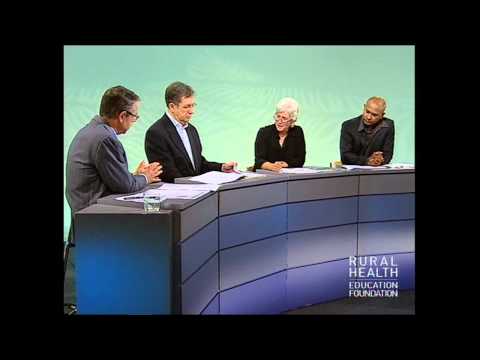Out of the Shed: Overcoming the Barriers to Men’s Health
Each hour in Australia, more than five men die from conditions that are potentially preventable. Australian men experience higher rates of morbidity and mortality than women across many significant health outcome indicators including mental health, cardiovascular disease, cancer and accident and injury. Despite this fact, men tend to have fewer visits to doctors and seek medical assistance at much later stages in their illnesses. The result is that for men the health outcomes are much worse and interventions are more costly and intensive.
Even though there is a wide variation amongst the Australian male population, gender is a significant risk factor for premature death across all socioeconomic groups of males but more so in the most disadvantaged. The risk factors for chronic disease such as smoking, poor diet, physical inactivity, overweight and obesity and alcohol and other drug use remain high among men. The situation for Indigenous men is far worse than for the rest of the Australian male population with life expectancy for Indigenous males is estimated to be approximately 11.5 years less than the average for all Australian males.
In rural and remote areas men often have limited access to health services as well as recreational and support facilities. Work for rural men is often physically demanding, hazardous and isolating. Suicide rates for males in the farming community are twice the national average. Cultural factors and beliefs are also part of that equation.
This program looks at preventative approaches in improving men’s health and the need to make health services more attractive to men. It considers the barriers to engaging men in their own health care and the need for health professionals to develop more appropriate communication processes and interventions.
Produced by the Rural Health Education Foundation
http://www.rhef.com.au/

Source: Out of the Shed: Overcoming the Barriers to Men’s Health




